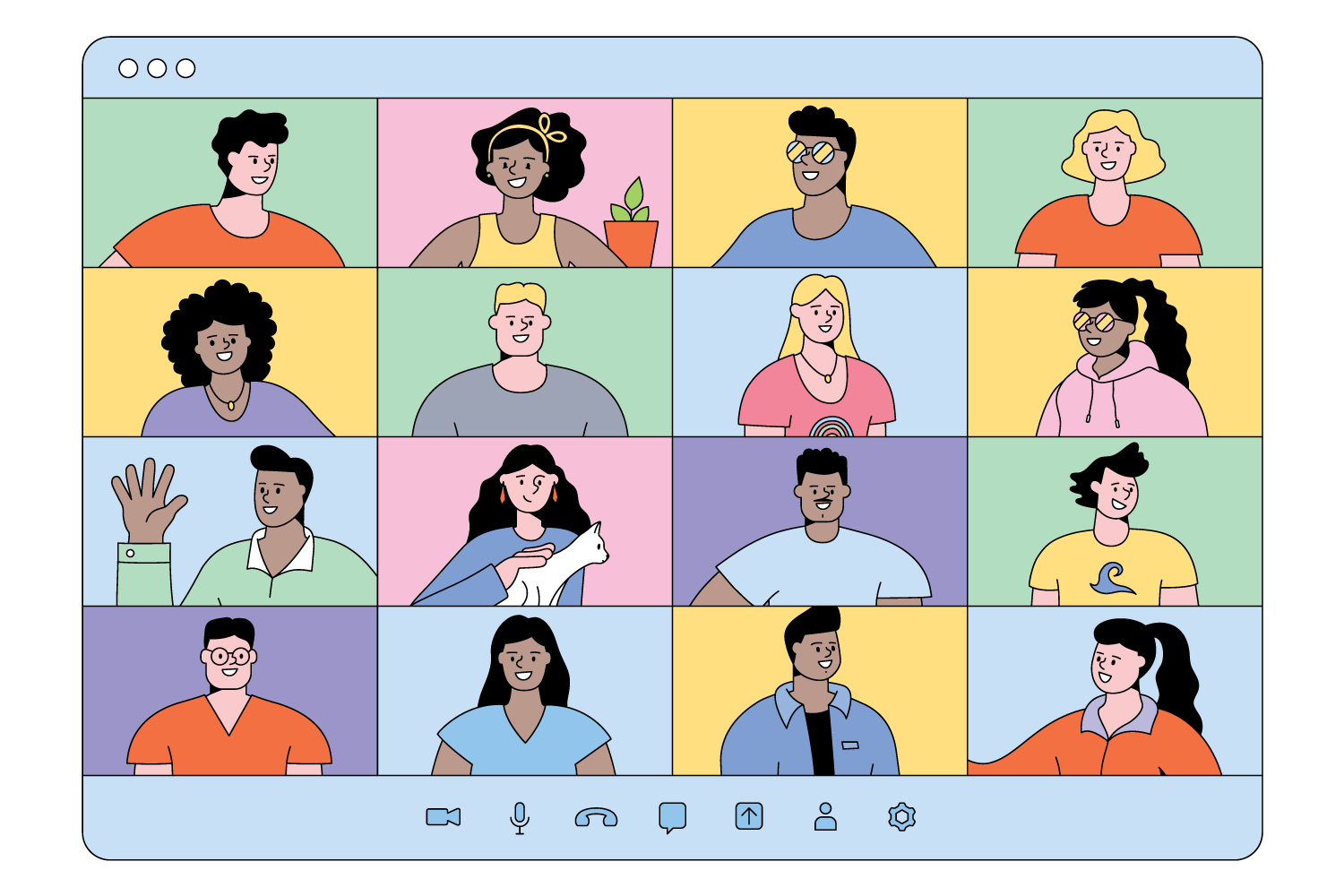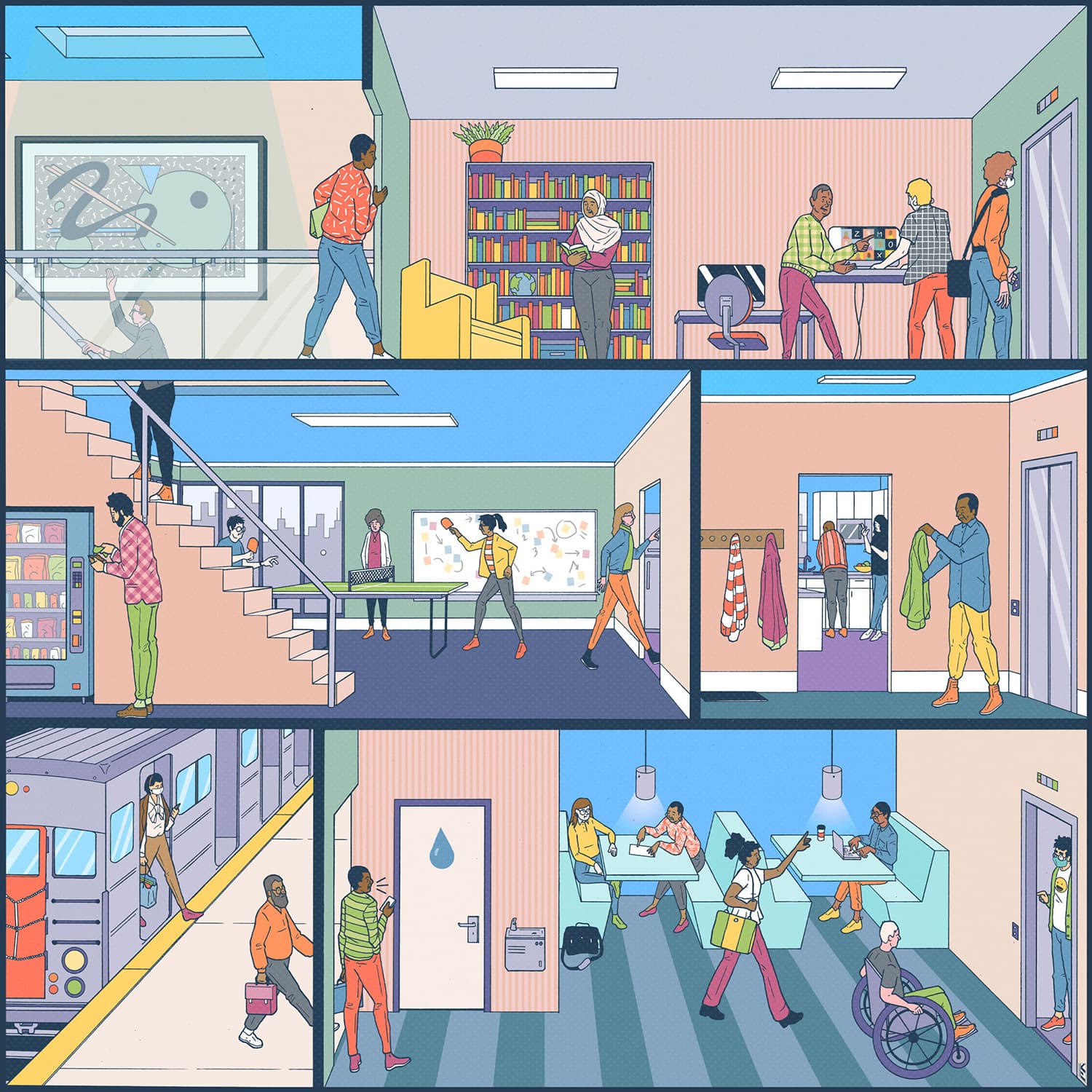How Workplaces Can Fight Proximity Bias

Later, a Vancouver-based social-media-management firm, operates on a hub model where staff are mostly stationed in major cities. The company doesn’t have a permanent office, and most of its 230 employees—who’ve been almost fully remote since the start of the pandemic—are spread throughout Canada, with a smaller proportion in the United States, Mexico and Europe. They are mainly concentrated in Vancouver, Toronto and London, England, but a small number of employees are stationed outside these centres.
A hub model can be damaging for certain employees. People in major cities might get together in rented spaces for meetings, which can exclude remote staff and creates the potential for proximity bias—the tendency to favour co-workers who are physically close. That can be in the form of overlooking virtual attendees in a hybrid meeting or unfairly favouring closer team members in broader decision-making around promotions.
“We want to make sure people have a fair and consistent employee experience no matter where they are,” says Robin de Pelham, Later’s chief people officer, who is based in Vancouver. One key strategy is Later’s training around proximity bias. De Pelham says educating the team around processes and policies that mitigate bias is fundamental to their work. “If you don’t understand the different kinds of biases that can arise during decision-making, you’re not going to mitigate it.”
Another is Later’s approach to salaries. The company calculates wages according to a formula that takes into account industry standards as well as the employee’s performance and experience. That way, there’s no negotiation or bias.
As anyone who’s attended a hybrid meeting knows, it’s difficult for virtual attendees to participate in conversations. Later deploys technology to equalize the experience. When possible, the leadership team uses portable Meeting Owls—cameras that render a 360-degree view of a room—to create an immersive experience for virtual staff. When it’s not possible, the company uses a “one person, one screen” approach, in which everyone in the meeting attends virtually, whether or not they’re physically in the room together. Remote participants are intentionally asked for feedback so their voices are heard.
Later’s team also uses regular asynchronous communication. General updates are almost always disseminated via Slack, de Pelham says. “One of our leaders just posted a video of walking through the results of an employee survey, instead of getting people in multiple time zones into a room—which could take weeks to organize.”
This article appears in print in the winter 2023 issue of Canadian Business magazine. Buy the issue for $7.99 or better yet, subscribe to the quarterly print magazine for just $40.










